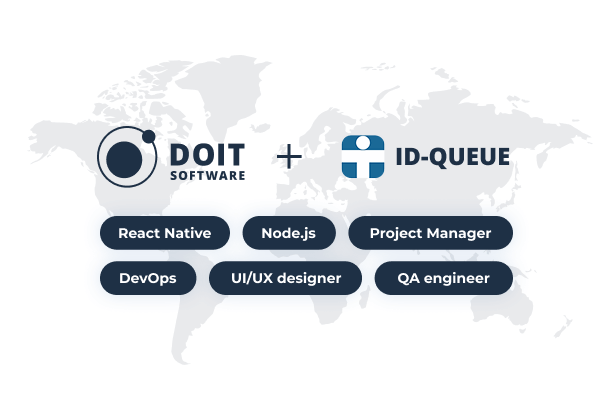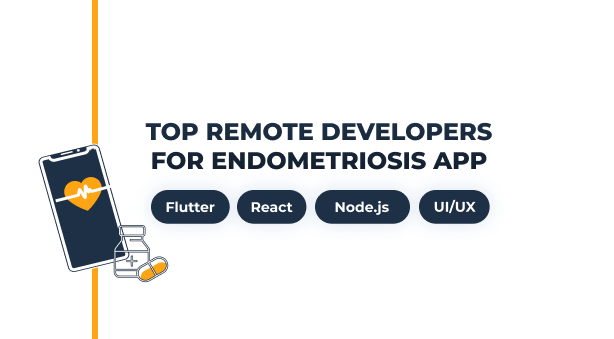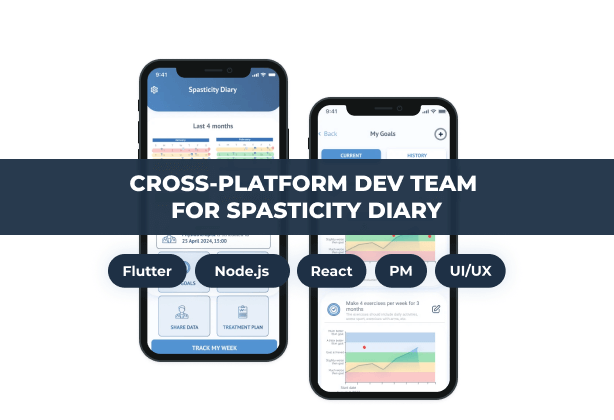With an aim to improve real-time interpreter dispatch, ID-Queue needed to develop a workflow management software. To achieve this, they required a team with senior-level skills across mobile, backend, DevOps, QA, and design.
ID-Queue was looking for developers with specific skills, such as the ability to work with a live production database without an existing API layer, knowledge of HIPAA compliance, and experience with real-time notification architecture. Due to unique requirements, local hiring was projected to take 4-6 months, which was too long for a time-sensitive roadmap. On top of that, available candidates came with rates that exceeded the project’s hiring budget.
To move faster and control costs, ID-Queue turned to DOIT Software for staff augmentation. By tapping into DOIT’s network of 5,000+ pre-vetted IT professionals, the client quickly brought in skilled specialists and kept the project on schedule.




